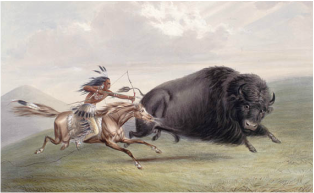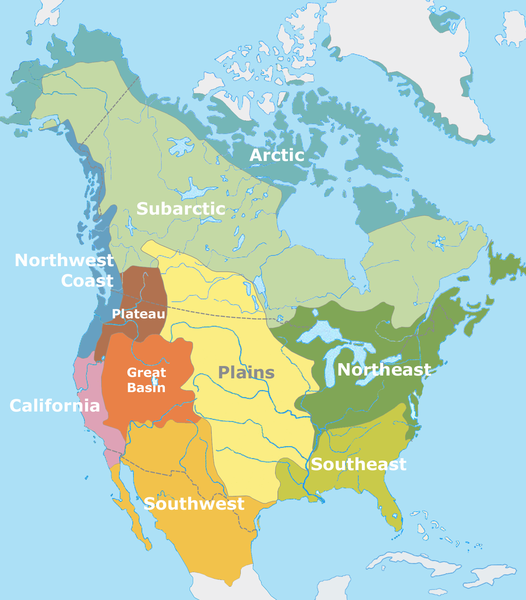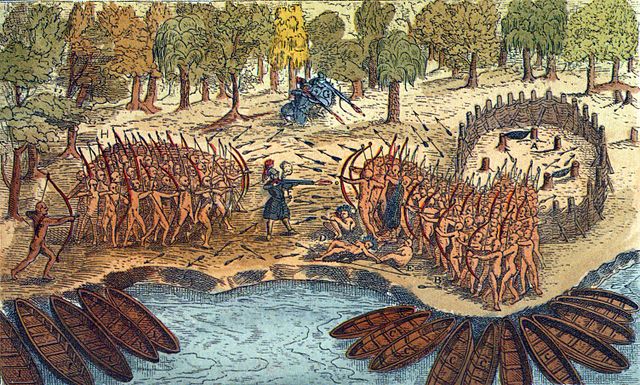|
In the new AP US History curriculum, Key Concept 1.1 focuses on the development of Native American societies in the years preceding and immediately following European contact.
Key ConceptsThere are three broad ideas that a student really needs to understand in order to be successful when questioned about this topic on the AP US History exam:
Nomadic vs Settled TribesWhile some tribes - especially in the North - subsisted exclusively on hunting and gathering, most Indian tribes employed agriculture for at least part of their food supply. Tribes that subsisted on hunting and gathering tended to be nomadic, while tribes that depended more heavily on agriculture built more permanent settlements. Those living close to rivers, lakes, and oceans also fished.
Geographical Culture Groups
Gender RolesIn societies that practiced hunting, gathering, and agriculture, women tended to do the lion’s share of agricultural labor, while men spent most of their time hunting. Early European colonists believed that Native men were lazy and oppressed their women, but from their cultural standpoint, this was simply a different division of labor (Native men wondered why European men did "women's work" on the farm).
|
Tom RicheyI teach history and government Archives
May 2023
Categories
All
|






 RSS Feed
RSS Feed